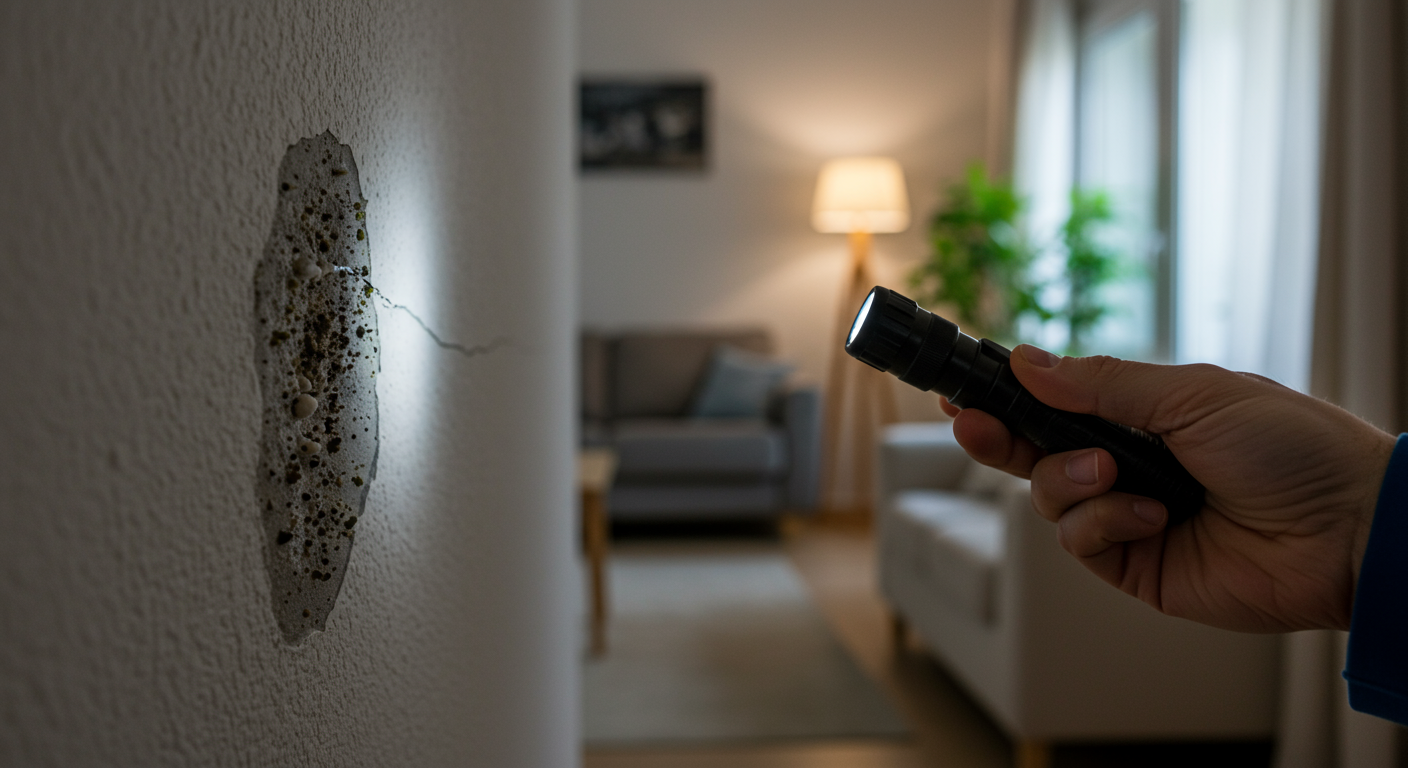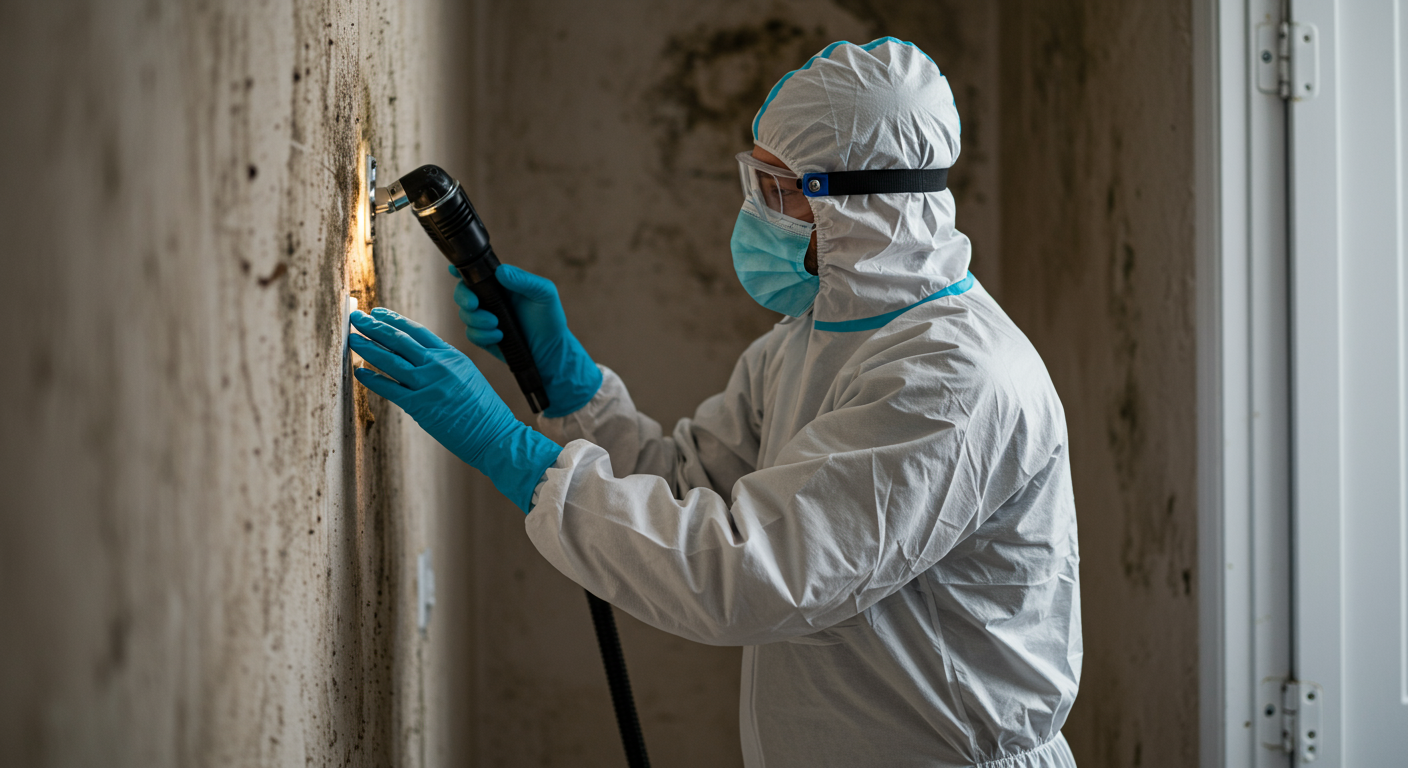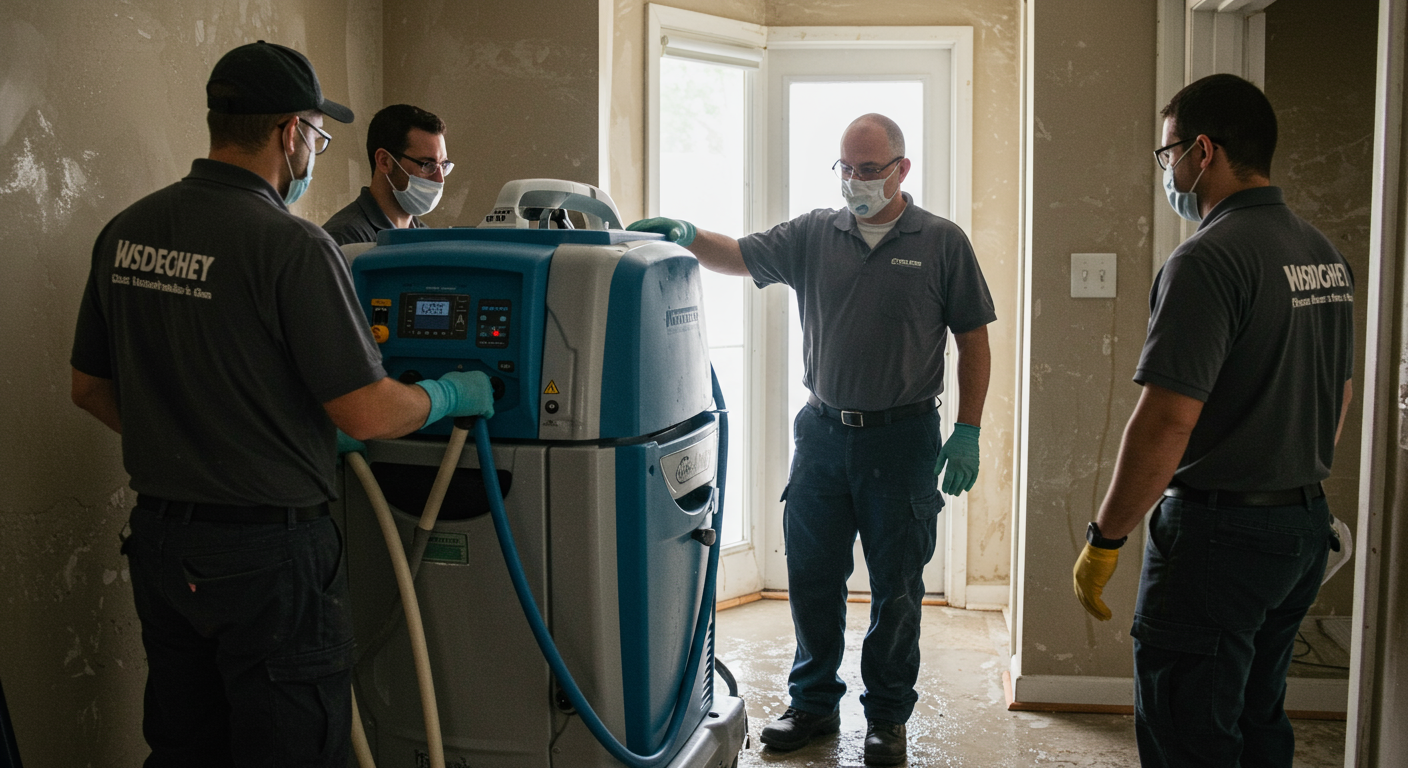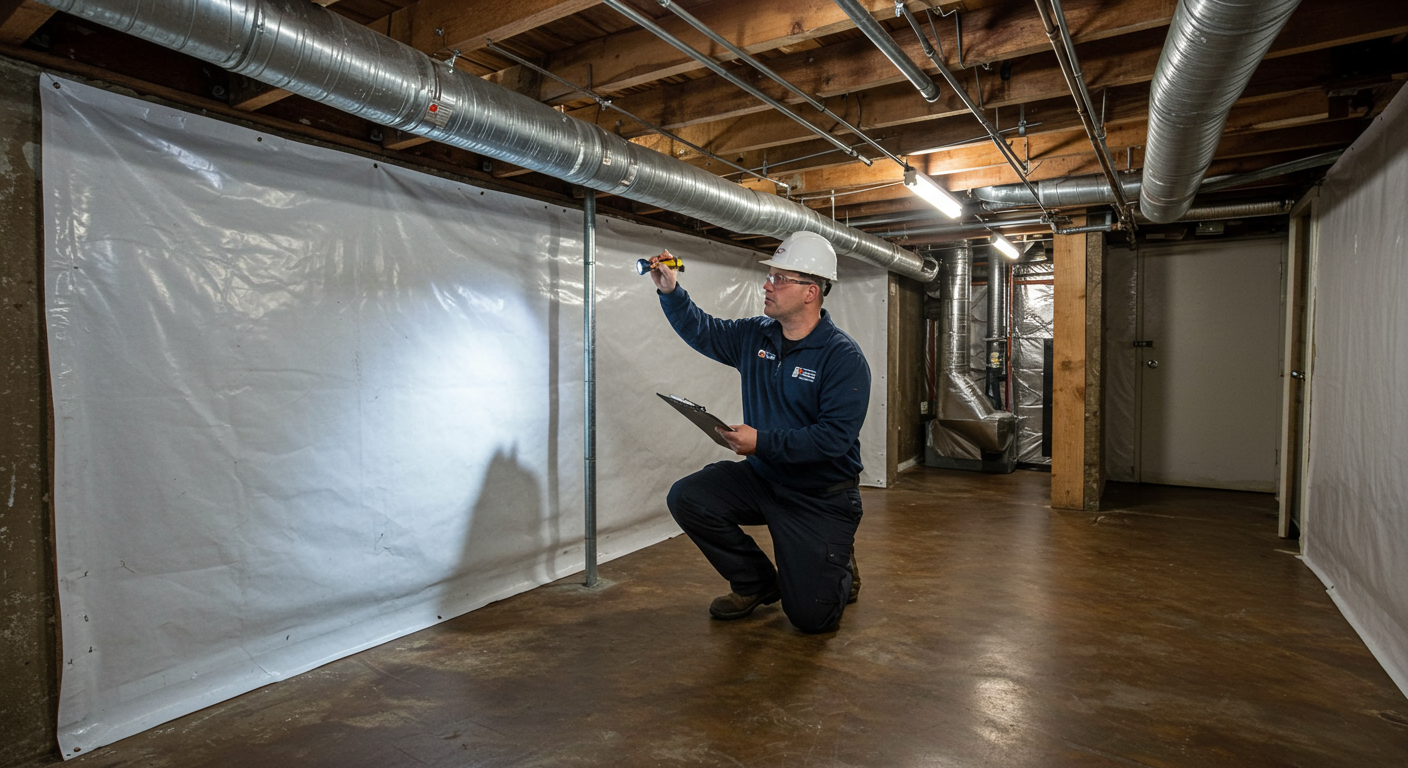Mold is a common concern for residents of New Orleans, LA, due to the region’s humid climate and frequent rainfall. Left unchecked, mold can lead to structural damage and pose significant health risks. This comprehensive guide will help you understand mold, prevent its growth, and take action if it becomes a problem in your home.
Understanding Mold: What New Orleans Residents Need to Know
Definition of Mold and Its Types
Mold is a type of fungus that thrives in damp, humid environments. It reproduces through tiny spores that travel through the air and settle on moist surfaces. Common types of mold found in homes include black mold (Stachybotrys), Aspergillus, and Cladosporium. Each type varies in appearance and potential health effects, making it essential to identify and address mold issues promptly.
Common Causes of Mold Growth in Humid Environments
New Orleans’ subtropical climate creates the perfect breeding ground for mold. High humidity levels, frequent rain, and poor ventilation are the primary contributors to mold growth. Leaky roofs, plumbing issues, and condensation on windows or walls further exacerbate the problem. Understanding these causes is the first step toward effective prevention.
Health Risks Associated with Mold Exposure
Exposure to mold can lead to a range of health issues, particularly for individuals with allergies, asthma, or weakened immune systems. Symptoms include respiratory problems, skin irritation, and sinus congestion. Prolonged exposure to toxic molds, such as black mold, can result in more severe health complications, emphasizing the importance of timely remediation.
Effective Mold Prevention Strategies for Homes in New Orleans
Moisture Control: Key to Preventing Mold
Controlling moisture is the cornerstone of mold prevention. Repair leaks promptly, ensure proper drainage around your home, and use dehumidifiers to maintain indoor humidity levels below 60%. Regularly check areas prone to dampness, such as basements, bathrooms, and kitchens, to prevent mold from taking hold.
Tips for Proper Ventilation and Humidity Management
Proper ventilation is crucial in reducing indoor humidity. Use exhaust fans in bathrooms and kitchens, and ensure your HVAC system is well-maintained. Opening windows and doors to allow fresh air circulation can also help. For more advanced solutions, consider installing a whole-house ventilation system to improve air quality.
Importance of Regular Home Inspections for Mold
Routine home inspections can help identify mold problems before they escalate. Pay special attention to hidden areas like crawl spaces, attics, and behind appliances. Professional inspections can provide a more thorough assessment, ensuring no mold goes unnoticed. Learn more about protecting your home from moisture and structural damage with crawl space encapsulation.
Mold Remediation: Steps to Take When You Discover Mold
Signs of Mold Infestation: What to Look For
Mold infestations often start small but can spread rapidly. Look for visible signs such as discoloration on walls, ceilings, or floors, and check for musty odors. Other indicators include peeling paint, warped wood, and persistent moisture in specific areas. Identifying these signs early can prevent costly repairs.
DIY Mold Cleanup vs. Professional Remediation Services
While small mold problems can often be handled with DIY methods, larger infestations require professional intervention. DIY cleanup involves using mold-killing solutions and protective gear, but it may not address underlying issues. Professional mold remediation services ensure thorough removal and prevention of future growth. For reliable services, consider the top mold removal companies in New Orleans.
Safety Precautions During Mold Cleanup
Safety should be a priority during mold cleanup. Wear protective gloves, masks, and goggles to avoid exposure to mold spores. Seal off affected areas to prevent spores from spreading and dispose of contaminated materials properly. If you’re unsure about the safety of a cleanup process, consult a professional.

Resources and Support for Mold-Related Issues in New Orleans
Local Health Department Resources and Guidelines
The New Orleans Health Department offers valuable resources for residents dealing with mold issues. These include guidelines for mold prevention, cleanup, and health protection. Contacting local authorities can also provide access to community programs and support services.
Links to EPA and CDC for Mold Management
The Environmental Protection Agency (EPA) and the Centers for Disease Control and Prevention (CDC) are excellent sources of information on mold management. Their websites offer detailed guides on mold prevention, cleanup, and health effects. These resources are particularly useful for understanding the science behind mold and its impact on indoor air quality.
Legal Rights for Renters Regarding Mold Issues
Renters in New Orleans have legal rights when it comes to mold problems. Landlords are typically responsible for addressing mold caused by structural issues or water damage. If you’re a renter dealing with mold, document the problem and notify your landlord in writing. If necessary, seek legal advice to ensure your rights are protected.
By following this comprehensive mold plan, residents of New Orleans can protect their homes and health from the dangers of mold. Whether you’re preventing mold growth, addressing an infestation, or seeking professional help, taking proactive steps is key to maintaining a safe and healthy living environment. For more information on mold remediation costs and services, check out this comprehensive breakdown.


